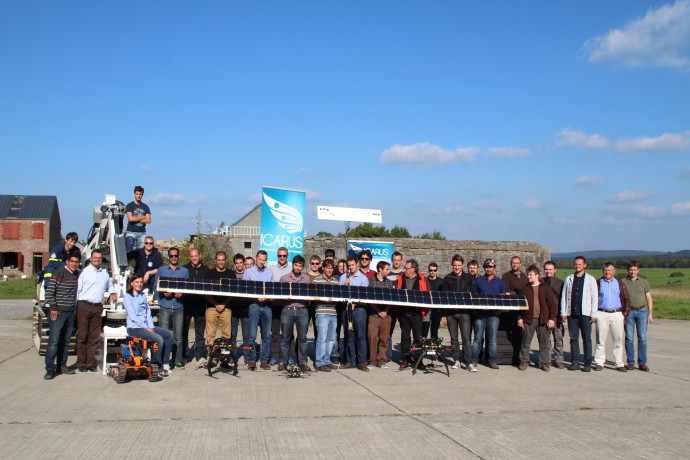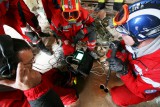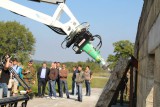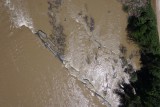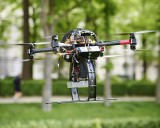ICARUS successfully completes autonomous UAV and UGV demo field tests in Marche-en-Famenne, Belgium
Representatives of the ICARUS project gathered on the premises of the Camp Roi Albert military base between the 8th and the 12th of September, 2014 in Marche-en-Famenne in Belgium to perform field tests on autonomous Unmanned Aerial Vehicles (UAVs) and Unmanned Ground Vehicles (UGVs). These platforms can be used in disaster-stricken and crisis-affected areas following a large-scale incident for the detection of survivors and to provide maps that can assist in maximising the efficiency of Search and Rescue (SAR) operations.
The capabilities of the latest UAVs, UGVs and sensors developed within the context of the project were put to the test, and the interoperability of the platforms was also assessed, to ensure the tools can be deployed effectively in the field. Representatives from the Media as well as end-users were invited to attend the final day of testing, to provide an opportunity for them to see the final demonstration.
The following devices were tested:
· The Skybotix Hexacopter for indoor 3D reconstruction and victim search.
· The Multicopter for outdoor 3D reconstruction and victim search developed by ASCAMM.
· The fixed-wing endurance airplane (AtlantikSolar) for 3D low altitude mapping developed by the Swiss Federal Institute of Technology (ETH).
· Metalliance – a large UGV for building manipulation, and a small UGV that can be used for indoor victim Search and Rescue, both of which were developed at the University of Kaiserslautern.
· A C2I (Command, Control and Intelligence) platform to control all the platforms simultaneously, developed by Space Applications, a Belgian company.
· An Integrasys communication system that connects all the platforms.
The final demo encompassed 3 scenarios:
1) a recognition mission to map a disaster area thanks to the outdoor UAV platforms
2) an outdoor victim search mission to find victims with UAV platforms
3) an indoor SAR mission to search for survivors in a collapsed building, thanks to the collaboration of indoor UAV and UGV platforms
The ICARUS consortium was very pleased with the degree of interest shown by the guests at the demo. Though there is still much to be done before the end of the project, the tests demonstrated that not only are most of the components functioning well, but they are also robust enough to be deployed in the field.
The video of the event is available here: https://www.youtube.com/watch?v=8PTOO4LeMCI&feature=youtu.be
- Login to post comments

